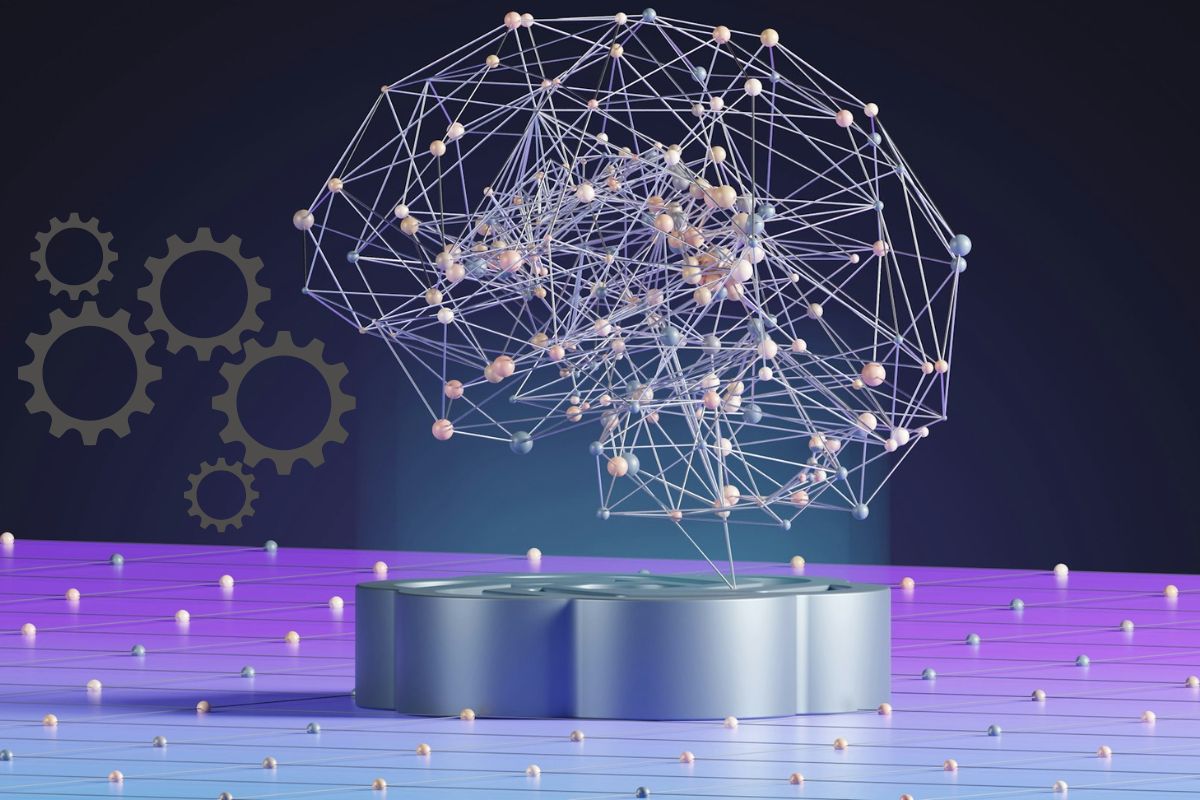Artificial intelligence is no longer just an idea on paper. It’s helping businesses manage supply chains, assisting doctors with diagnoses, writing code, and shaping online experiences. With that reach comes responsibility. As AI becomes more powerful and more common, it also raises some serious questions: Who decides how it behaves? Who gets access? And what happens when it makes a mistake?
These aren’t just theoretical concerns. AI is already making real-world decisions that affect people’s lives. That’s why ethical AI development is such a big deal. It’s about making sure these systems are fair, transparent, and built with real-world consequences in mind.
What This Article Covers
- Why ethics matter in the AI development process
- Real-world risks of ignoring fairness and accountability
- Ways developers and companies can create more responsible AI
- The role of transparency, bias testing, and human oversight
Why Ethics Needs to Be Part of AI From the Start
When engineers write code for AI systems, they’re not just creating software. They’re designing decision-makers. From the way an algorithm ranks job candidates to how a chatbot responds to sensitive questions, these systems influence people in direct and indirect ways.
That’s why ethics can’t be treated like an afterthought. Waiting to fix problems after deployment is risky, especially when people are relying on the output. Building ethics into AI means thinking early and often about how systems are trained, tested, and used.
It starts with asking the right questions. What data is being used? Who might be excluded or misrepresented? How might this technology affect someone’s opportunity, safety, or privacy?
Real-World Consequences of Poor AI Design
There have already been clear examples of AI systems going off course. Hiring tools that favored male applicants because they were trained on biased resumes. Predictive policing systems that over-targeted communities of color. Chatbots that adopted harmful language after interacting with toxic data online.
These aren’t bugs. They’re design choices—often unintentional, but still harmful.
When ethical considerations are missing, AI systems can reinforce existing inequalities or create new ones. The effects aren’t just technical. They’re deeply personal. People can be denied jobs, loans, housing, or healthcare based on decisions they don’t even understand.
The cost of fixing broken trust is much higher than preventing harm in the first place.
Building AI with Fairness in Mind
Fairness is one of the core ideas behind ethical AI. But fairness doesn’t have a single definition. It depends on context—what seems fair in one setting might not work in another.
Still, developers can take practical steps. One is using diverse data sets during training to avoid skewed outcomes. Another is running bias checks during development, testing how the system responds to different types of inputs.
Documentation also matters. Teams should clearly explain how an AI system works, what its limits are, and where it might go wrong. When users and stakeholders understand the boundaries of the technology, they can use it more responsibly.
The Role of Transparency and Explainability
One of the biggest challenges in AI development is the “black box” problem. Many AI systems, especially those built on deep learning, produce answers without showing how they got there.
For everyday use, that’s a problem. People deserve to know how decisions are made—especially when those decisions affect their lives.
That’s where explainability comes in. AI developers are now creating tools that break down how models weigh data, what inputs matter most, and how outputs change in response to changes in the input. This helps everyone—users, regulators, and developers—see what’s happening under the hood.
Transparent systems don’t just build trust. They make it easier to spot errors before they become serious.
Accountability and Human Oversight
Even the best AI system can make mistakes. That’s why humans still need to be in the loop. Ethical AI development includes creating processes where people can review decisions, step in when needed, and flag problems.
Some industries are building in safeguards. For example, in healthcare, AI systems might recommend a diagnosis, but a doctor still has the final say. In hiring, an AI might screen resumes, but a recruiter makes the choice.
Accountability also means being clear about who is responsible when something goes wrong. Is it the developer? The company using the tool? The team that trained the model? Defining these roles early helps avoid finger-pointing later.
Privacy and Consent
Many AI tools are powered by data—lots of it. But where that data comes from, and how it’s used, is a key ethical concern.
People should know when their data is being used to train systems. They should be able to opt out or limit how their information is shared. And developers should avoid using personal data without clear consent, even if it’s publicly available.
Anonymizing data, securing storage, and respecting regional laws like GDPR are all part of ethical AI development. So is making sure users understand what’s being collected and why.
Inclusion and Collaboration
Good AI doesn’t come from one person working in a vacuum. It comes from teams that include diverse voices—engineers, ethicists, designers, sociologists, and users.
Including different perspectives helps spot blind spots early. It ensures that the technology being built works for more people, not just a narrow group.
Some companies now host ethics boards or invite community input when designing large systems. These efforts take time, but they lead to better outcomes and fewer surprises down the line.
Ethical AI development isn’t just a buzzword—it’s a mindset. It means slowing down, asking hard questions, and thinking about people first. When developers build with care, intention, and transparency, they create tools that don’t just work—they do good. And that’s the kind of innovation worth aiming for.
